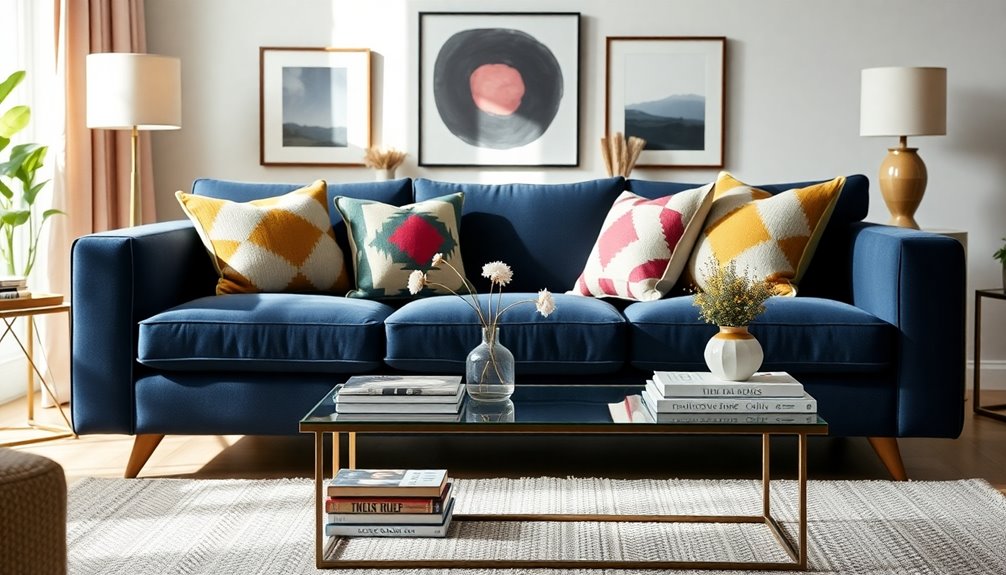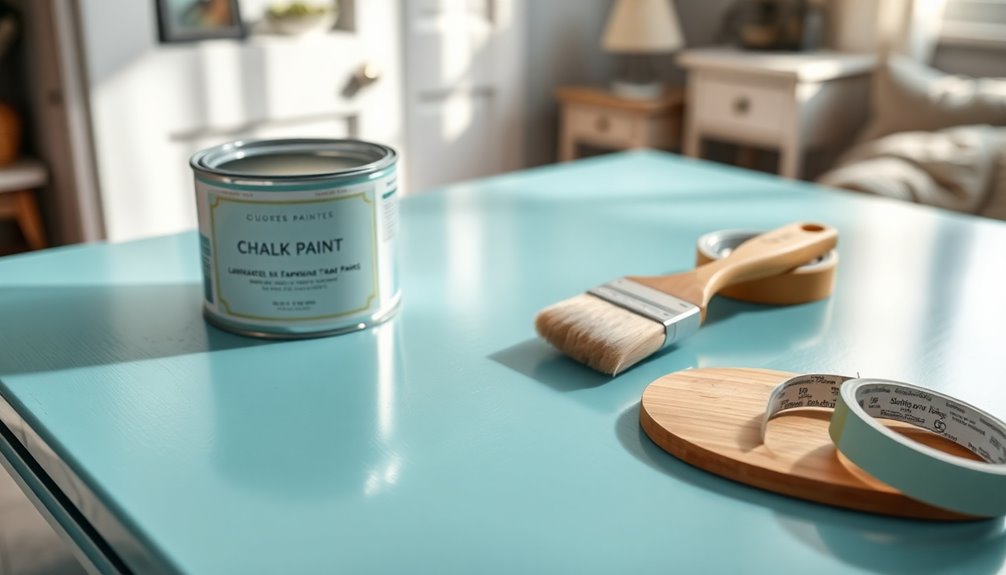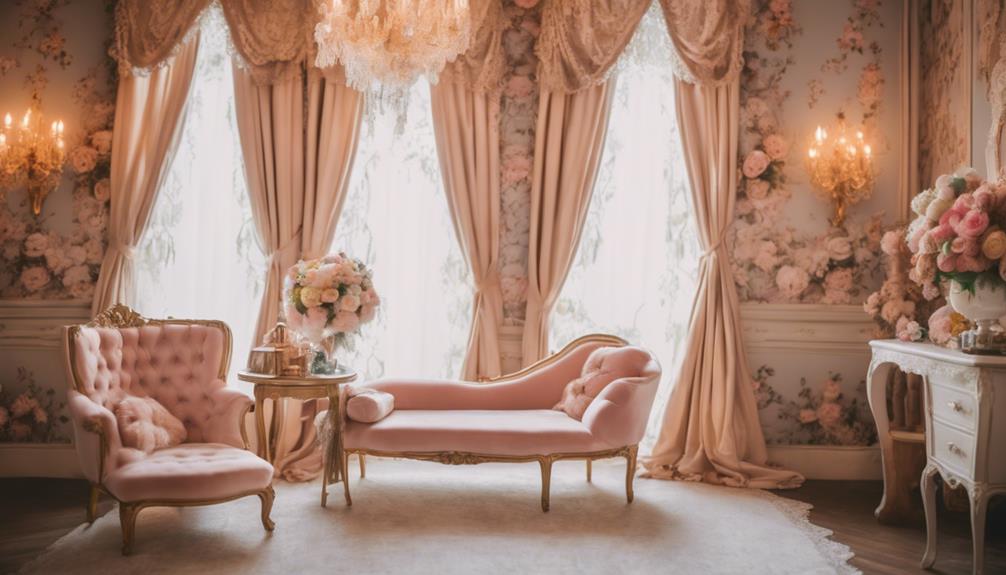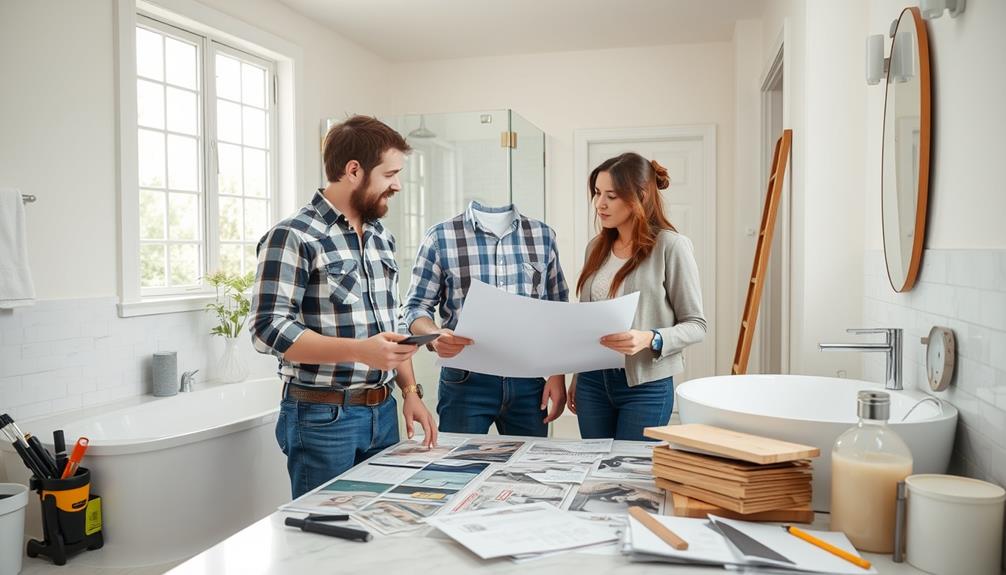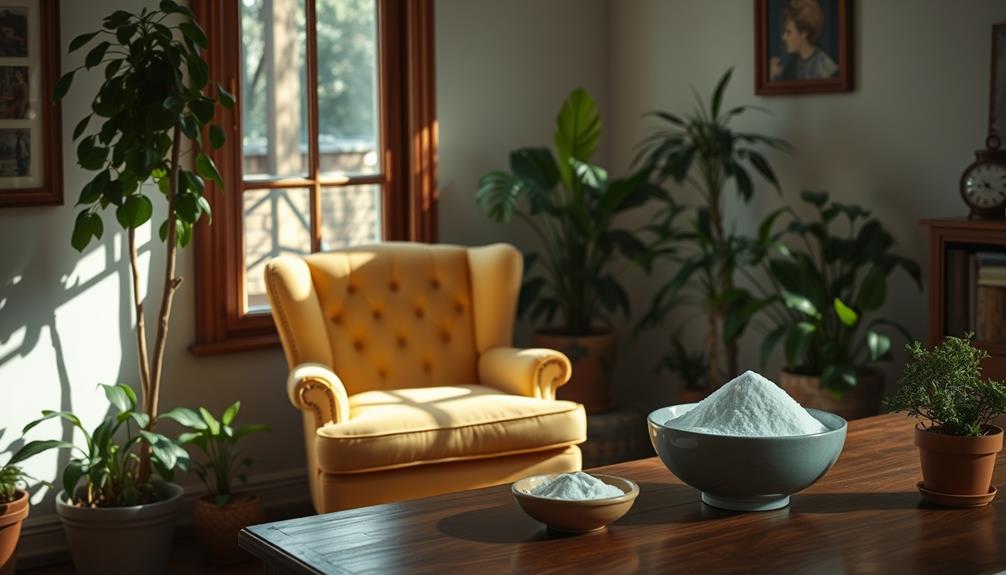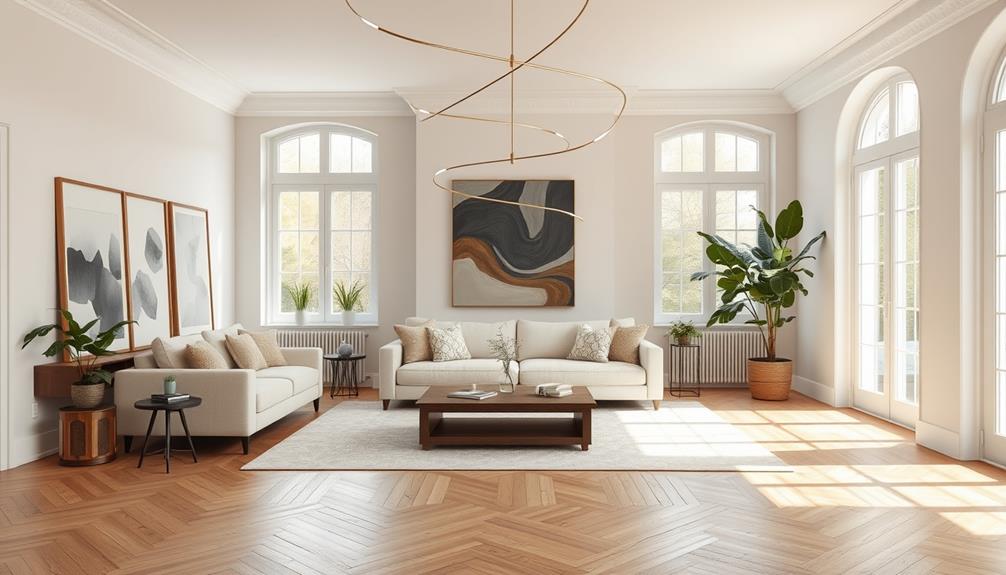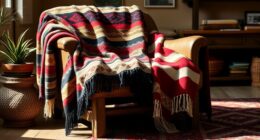To sell a sofa quickly, start by cleaning and maintaining it well. Vacuum thoroughly and spot clean stains according to the fabric type. Make any necessary repairs, like tightening loose screws or fixing wobbly legs, to ensure it’s in good condition. If you have cushions, consider unique designs that stand out to potential buyers. Take quality photos in good lighting and write a clear, honest description. Finally, price it competitively based on its condition and market demand. If you’re eager to maximize your sofa’s appeal, you can explore more tips for enhancing your selling game. Additionally, promoting your sofa on multiple online platforms, such as social media and local classifieds, can help reach a larger audience. Engaging with potential buyers promptly and being open to reasonable negotiations can improve your chances of a quick sale. For those looking to delve deeper into the process, consider researching articles or resources on how to effectively sell furniture to further refine your strategy.
Key Takeaways
- Clean and maintain the sofa thoroughly to enhance its appearance and attract potential buyers.
- Take high-quality photos from various angles to showcase the sofa's design, condition, and features.
- Provide detailed descriptions, including dimensions, fabric type, and any unique selling points like custom cushions or reupholstering.
- Set a competitive price based on market research and condition, considering factors like age and brand.
- Promote the listing through social media, online marketplaces, and local classifieds to reach a wider audience.
Introduction
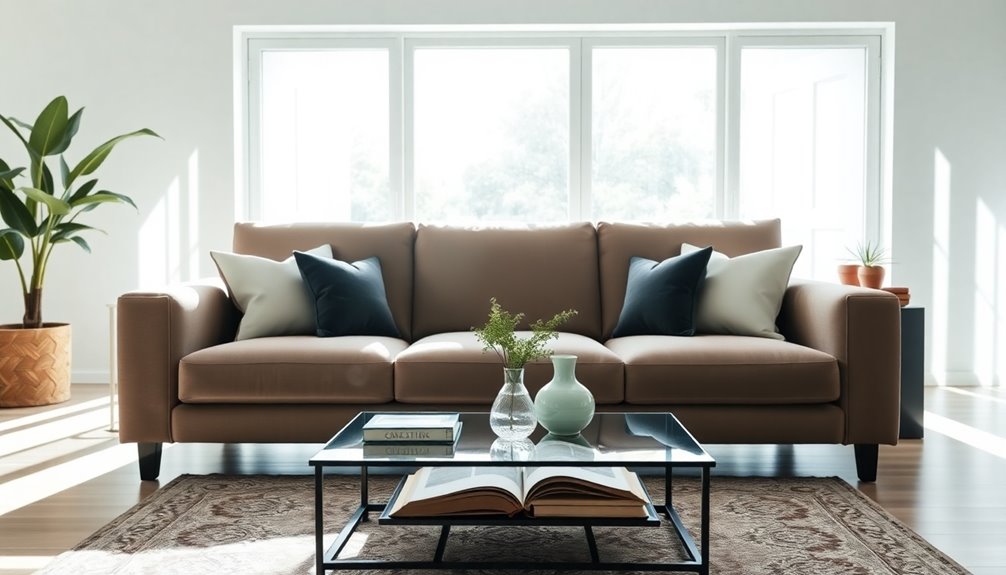
When you're selling a sofa, keeping it in great shape is key to attracting buyers. You'll want to know some routine fabric care tips and specific cleaning techniques to maintain its appeal. Plus, being prepared to tackle any wine spills can help you present your sofa in the best light possible.
Routine Fabric Care Tips
To keep your sofa looking its best, regular fabric care is essential. Start with regular vacuuming to remove dust, dirt, and allergens that can accumulate over time. This simple step helps maintain a clean and inviting appearance, making your sofa more appealing.
Consider using fabric protectors to create a barrier against stains and spills. This not only helps in preserving your upholstery but also extends the life of your sofa. If spills do occur, make sure to practice spot cleaning. Always refer to the manufacturer's care label for specific cleaning solutions and techniques that suit your sofa's fabric type.
To further maintain your sofa, rotate and fluff the cushions periodically. This will prevent uneven wear and help keep them in shape and comfortable for years to come. Additionally, plan for deep cleaning every 6 to 12 months. You can either hire professional upholstery cleaning services or use a steam cleaner to refresh your sofa and remove embedded dirt and allergens.
Fabric-Specific Cleaning Techniques
Cleaning your sofa can feel overwhelming, especially with various fabric types requiring different care methods. To ensure you're using effective fabric-specific cleaning techniques, start by identifying your sofa's material. For cotton sofas, wash removable covers in cold water with mild detergent and air dry to prevent shrinkage. For non-removable fabric, spot clean with a damp cloth to remove stains.
If you have a polyester sofa, use a vacuum with an upholstery attachment to eliminate dust, then treat stains with a mixture of equal parts water and white vinegar. Leather sofas need special care; wipe surfaces with a damp cloth and a pH-balanced cleaner, and remember to apply a leather conditioner every six months to maintain suppleness and prevent cracking.
For microfiber sofas, use a solution of rubbing alcohol and water applied with a soft cloth to lift stains without soaking the fabric. Finally, always test cleaning solutions on an inconspicuous area before applying them to the entire sofa. This way, you can avoid damaging the fabric or altering its color, ensuring your sofa stays in top shape for potential buyers.
Treating Wine Spills Effectively
Accidents happen, and wine spills on your sofa can be particularly daunting. The key to treating wine spills effectively is to act quickly. First, grab a clean, dry cloth and blot the spill immediately to absorb excess liquid. This helps prevent the stain from setting into the fabric. Next, mix a cleaning solution with one part white vinegar, one part water, and a dab of dish soap. Apply this mixture to the stain using a fresh cloth, working from the outside in to keep the wine from spreading.
After you've treated the stain, rinse the area with cold water and blot again with a dry cloth to remove any cleaning solution residue. Allow the fabric to air dry completely. If the stain persists despite your efforts, it might be time to consider a commercial upholstery cleaner. Make sure to choose one that's specifically designed for your sofa's fabric type and follow the manufacturer's instructions carefully. By acting fast and using the right techniques, you can effectively tackle those pesky wine stains and keep your sofa looking great. Additionally, keeping your sofa protected with washable pet blankets can help manage the impact of any future spills and pet hair.
Avoiding Direct Sunlight
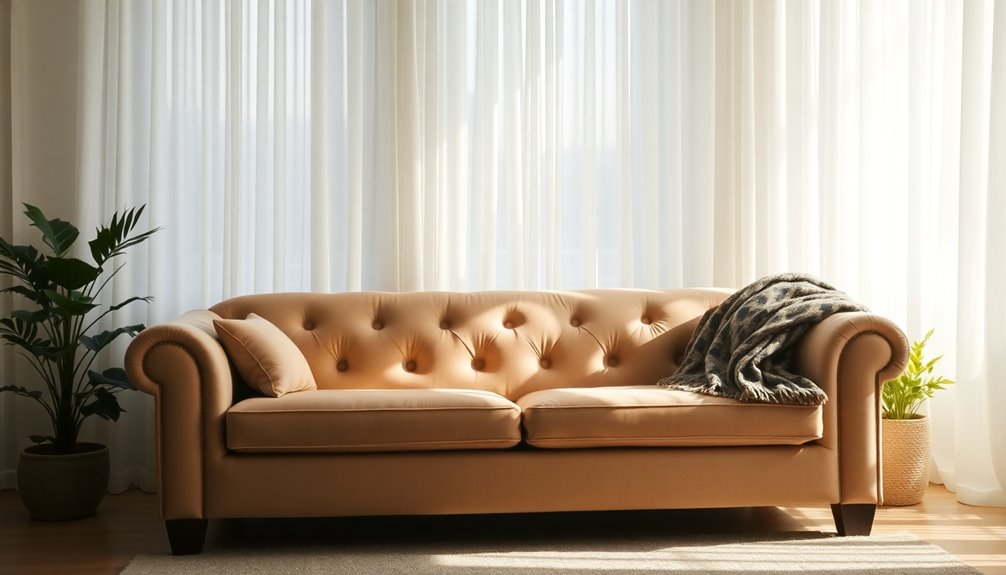
To keep your sofa looking great, you need to protect it from direct sunlight. Consider using scratch-resistant fabric options and stylish fabric protection solutions to maintain its appeal. If sunlight exposure is unavoidable, applying fabric protectant sprays can be a smart move to safeguard against damage.
Scratch-Resistant Fabric Options
When choosing a sofa, you'll find that scratch-resistant fabrics like microfiber and leather are smart options for durability and ease of maintenance. These materials resist wear and tear from everyday use and even pet claws. If you've got kids or pets, consider fabrics like Crypton or Sunbrella, which are not only stain-resistant but also engineered to withstand fading from sunlight exposure.
It's important to avoid direct sunlight, as prolonged exposure can degrade the fabric, especially natural fibers like cotton or linen. When selecting a sofa, look for options with a tight weave and synthetic blends; these fabrics typically handle scratches better and endure daily use more effectively than loosely woven options.
Remember that regular maintenance plays a crucial role in preserving the longevity of your sofa. Cleaning with appropriate solutions and applying protective sprays can enhance the durability of your scratch-resistant fabrics and keep them looking fresh over time. By opting for these resilient materials and following proper care guidelines, you can ensure your sofa remains a stylish and functional centerpiece in your home for years to come. Additionally, choosing energy-efficient technology in your home can contribute to overall sustainability and cost savings.
Stylish Fabric Protection Solutions
Protecting your sofa from direct sunlight is essential for maintaining its vibrant colors and structural integrity. Direct UV damage can cause fading and deterioration, so consider stylish solutions to shield your furniture. One effective approach is to use UV-blocking window films. These films can significantly reduce exposure while allowing natural light to filter in.
You might also want to incorporate sheer curtains or shades that diffuse sunlight, providing a soft ambiance without sacrificing style. Additionally, utilizing fabric protectors specifically designed for upholstery creates a barrier against UV damage and stains, ensuring your sofa looks great for years to come.
Positioning your sofa away from windows or using furniture covers during peak sunlight hours can dramatically prolong its lifespan. Regularly rotating cushions and rearranging furniture also helps evenly distribute wear, minimizing the effects of sunlight on specific areas.
Using Fabric Protectant Sprays
Applying fabric protectant sprays is a smart way to shield your sofa from stains and spills, especially before selling it. Not only does this treatment help repel unwanted messes, but it also enhances the appearance of your quality furniture, making it more attractive to potential buyers.
When you apply fabric protectant, make sure to do so in a well-ventilated area and avoid direct sunlight. Sunlight can cause damage to the fabric, undermining the benefits of your protectant. After spraying, allow at least 24 hours for the product to dry completely before showcasing your sofa. This waiting period ensures that the protectant bonds effectively, maximizing its ability to maintain color and texture over time.
To keep your sofa looking its best, consider reapplying the fabric protectant regularly, following the manufacturer's instructions for optimal results. By taking these steps, you not only preserve the sofa's quality but also boost its appeal to buyers who appreciate well-maintained furnishings. Ultimately, a well-cared-for sofa can stand out in the market, making your selling process much smoother.
Fixing Loose Sofa Legs
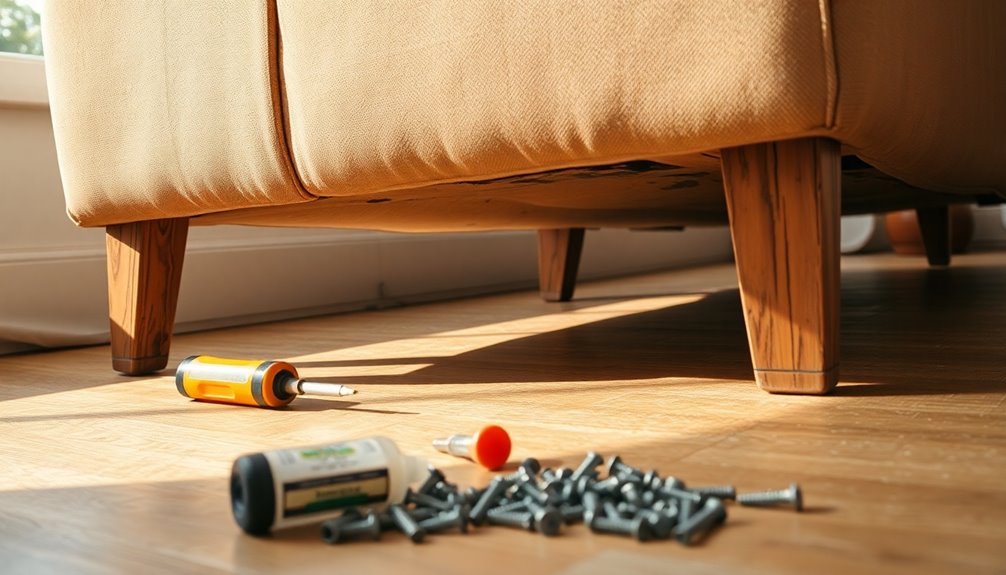
If your sofa legs are loose, it's time to tackle the issue for better stability. You might need to check for wobbly frames or consider reupholstering with modern fabrics that not only look good but also enhance comfort. Plus, think about cozy, breathable upholstery options that can help your sofa feel like new while addressing those pesky leg problems.
Wobbly Frame Repairs
When your sofa starts wobbling, it can be frustrating, but fixing those loose legs is often a straightforward task. First, you need to identify the source of the wobble. Check for loose screws or joints; these can usually be tightened with a screwdriver or wrench. If the legs are attached with dowels, apply wood glue to the joints and clamp them until the glue dries for a more permanent repair.
For sofas with threaded legs, replacing worn-out screws or using longer screws can help stabilize and secure the attachment to the frame. Additionally, consider adding furniture leg pads; they can help elevate uneven legs, distributing weight more evenly and preventing further wobbling.
Regularly inspecting and maintaining your sofa's structure is crucial. Make it a habit to tighten screws and check joints, as this can prolong the lifespan of your sofa and maintain stability. By taking these steps to repair broken legs and addressing that wobbly frame, you'll ensure your sofa remains a reliable centerpiece in your living space.
Reupholstering With Modern Fabrics
Reupholstering your sofa not only revitalizes its look but also gives you the chance to fix any loose legs in the process. Before diving into reupholstering, assess the type of legs your sofa has—whether they're screwed, doweled, or glued. This evaluation helps you choose the right repair technique. For doweled connections, apply a strong wood glue to secure them effectively. If you find stripped screw holes, use wood filler to reinforce the screws and keep your legs stable.
While you're at it, consider replacing old legs with stylish, modern alternatives. This upgrade can dramatically enhance the overall aesthetic of your sofa, making it feel fresh and trendy. Modern fabrics can breathe new life into your upholstery, allowing you to align your sofa with current design trends while reflecting your personal style. Opt for high-quality upholstery materials like polyester blends or performance fabrics, as they resist stains and wear, ensuring your sofa remains functional and visually appealing for years to come. By tackling loose legs during the reupholstering process, you'll create a beautiful and durable piece that's ready for any living space. Additionally, choosing high-quality upholstery materials can further enhance the durability and look of your sofa.
Cozy, Breathable Upholstery Options
After giving your sofa a fresh look and ensuring its legs are secure, it's time to consider the upholstery options that will make it both cozy and breathable. When selecting fabric, opt for materials like cotton or linen, as they allow air circulation while providing comfort. These breathable options can enhance the sofa's appeal, making it more attractive when you decide to sell or price your furniture.
If you're dealing with a used sofa, choosing durable yet soft fabrics will help maximize its lifespan and maintain its charm. Look for upholstery that can withstand wear and tear, especially if you plan on selling used furniture. Consider patterns or colors that can hide minor stains, making your sofa more marketable.
Don't forget to check the cleaning requirements of your chosen fabric. Easy-to-clean upholstery can be a selling point for potential buyers. By investing in cozy, breathable upholstery, you not only improve your sofa's aesthetic but also boost its value, making it easier to sell when the time comes. So, keep these factors in mind to ensure your sofa stands out in the market!
Personalized Cushion Designs
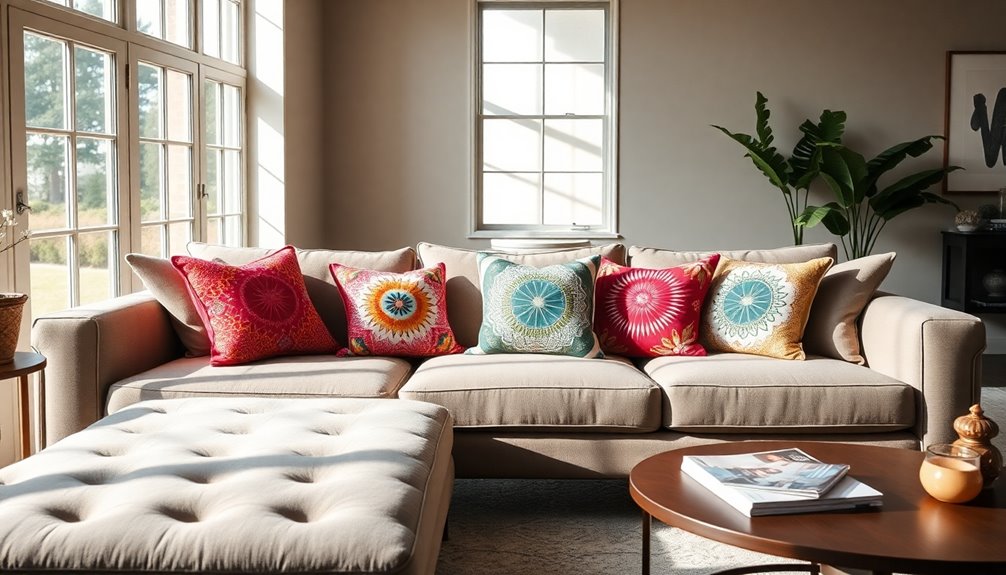
Personalized cushion designs can transform a standard sofa into a unique statement piece that reflects your individual style. With personalized cushions, you have the opportunity to enhance the visual appeal of your home decor, making your space truly your own. Opt for custom cushion designs that feature various shapes and sizes, ensuring a perfect fit for your sofa while offering comfort and aesthetic charm.
When choosing fabrics, consider options like cotton, linen, or velvet. Each material provides different textures and durability levels, catering to various lifestyles and preferences. You can also utilize digital printing technology to create vibrant, high-resolution designs. This allows you to incorporate your favorite patterns or images, further enhancing your interior design vision.
The rising popularity of personalized cushions in the furniture market highlights consumers' desire for unique customization. By offering a range of options for cushion designs, you're not just selling a sofa; you're providing a way for customers to express their individuality and elevate their living spaces. Embrace this trend, and watch your sales soar as customers seek out these tailored touches for their homes. Additionally, consider offering cushions made from eco-friendly materials to appeal to environmentally conscious consumers, ensuring safety and sustainability in your product line.
Seasonal Fabric Maintenance Tips
Maintaining your sofa's fabric is essential for preserving its appearance and longevity. Regularly vacuum your sofa with an upholstery attachment to remove dust, dirt, and allergens. This simple step helps maintain the fabric's quality and makes it look fresh. For seasonal maintenance, aim for a deep clean every six months. Use a cleaning solution that matches your sofa's fabric type to effectively remove stains and odors.
During summer, protect your sofa from direct sunlight to prevent fading. Consider using curtains or UV-filtering window films to keep the colors vibrant. You can also apply fabric protectors designed for your sofa's material, enhancing durability and resisting stains and spills. This proactive approach not only extends the lifespan of your sofa but also increases its appeal when selling items.
Finally, rotate cushions and pillows periodically to ensure even wear. This not only maintains the sofa's shape but also helps you keep your old furniture looking its best. By following these seasonal maintenance tips, you'll be equipped to offer a fair presentation of your sofa, making it more attractive to potential buyers.
Conclusion
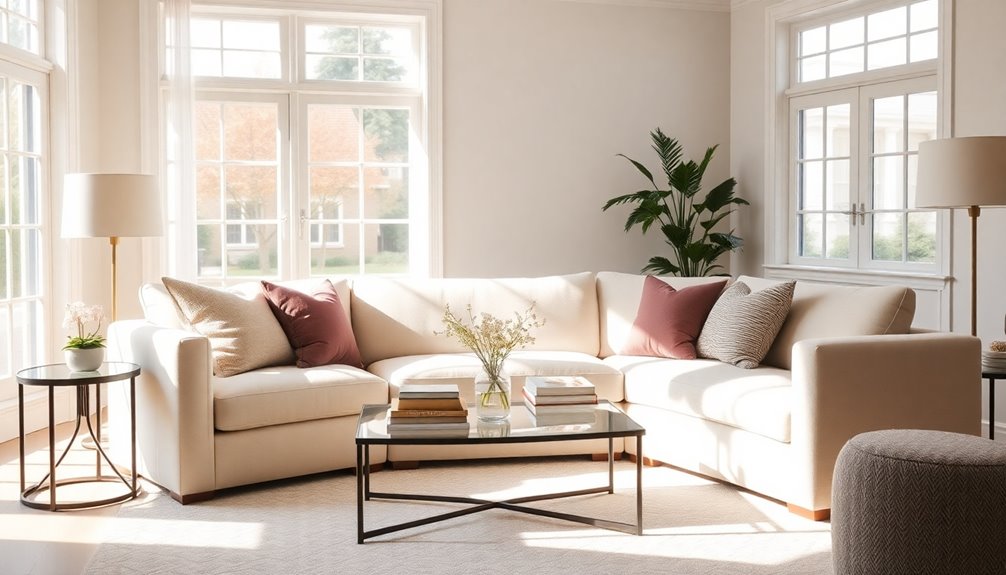
Selling your sofa successfully involves not just maintaining its fabric but also presenting it in the best light possible. To attract buyers, you need high-quality photos and accurate descriptions that highlight your sofa's features. Price it competitively, aiming for around 50-70% of the original cost based on similar items that have sold. This strategy can help you sell furniture online quickly.
Another tip to help boost your chances is to clean and stage your sofa before snapping photos. A well-presented piece appears more appealing, increasing its perceived value. Keep an eye on seasonal trends and local demand; certain times may see heightened interest in secondhand furniture, making it easier to sell.
Don't shy away from negotiations. Being flexible with your price can speed up the selling process and improve your chances of closing a sale. If your listing isn't gaining traction, consider deleting and reposting it on platforms like Facebook Marketplace to enhance visibility.
Frequently Asked Questions
How Best to Sell a Sofa?
To sell effectively, you need to create an appealing listing that grabs attention. Start by cleaning and staging your item in a well-lit area, free from distractions. Use popular online platforms to reach a wider audience. Research prices to set a competitive rate, and include detailed descriptions with key information like dimensions and condition. Don't forget to refresh your listing regularly to maintain visibility. Engaging photos and clear communication will attract more buyers.
How Much Can You Sell a Second Hand Sofa For?
You can typically sell a secondhand sofa for about 50% to 70% of its original retail price, depending on its condition and brand. If your sofa's in great shape, you might get around $500 for a piece that originally cost $1,000. Seasonal demand also plays a part; sales often spike in spring and summer. Keep an eye on local market trends to price it competitively and attract buyers effectively.
What Do You Say When Selling a Couch?
When you're selling a couch, it's important to highlight its features and condition. Mention the brand, purchase year, and dimensions, so potential buyers know what to expect. Use engaging language to describe its style and comfort, while being honest about any wear or pet exposure. Don't forget to explain why you're selling it, as this can create a connection. Finally, adding local hashtags can help your listing reach more people.
How Much Is a Couch Worth?
When you're trying to figure out how much a couch is worth, consider its condition, brand, and age. High-quality, well-maintained couches can sell for 70% of their original price, while those that are worn or damaged might only reach 20-50%. Check similar listings on platforms like Facebook Marketplace or eBay to gauge the market. Using an online furniture calculator can also help you get a more accurate valuation based on specific features.
